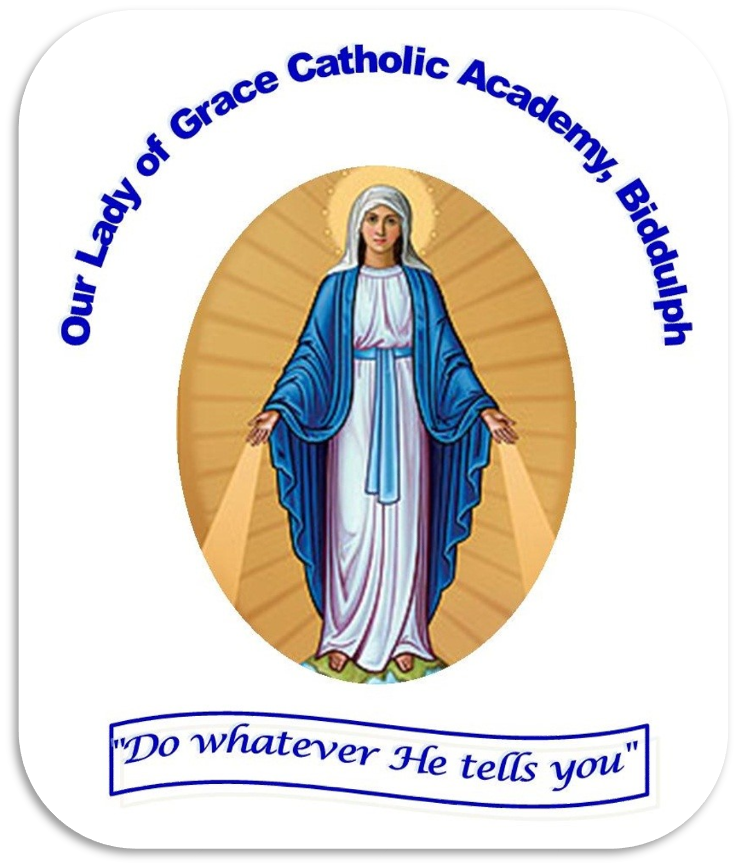Electricity
|
ELECTRICITY (PHYSICS) |
||||||||
|
Statements in red are linked from other topics |
||||||||
|
Progression in Scientific knowledge, concepts & skills |
EYFS (Early Learning Goals) |
Year 1 |
Year 2 |
Year 3 |
Year 4
|
Year 5
|
Year 6 |
KS3 |
|
Concepts Cause and effect Energy
Working Scientifically
|
Children know about similarities and difference in relation to places, objects, materials and living things.
Children talk about features of their own immediate environment and how environments might vary from one another
Children make observations of animals and plants and explain why some things occur and talk about changes |
|
|
|
Identify common appliances that run on electricity
Construct a simple series electrical circuit and name its basic parts
Identify whether a lamp will light based on whether the circuit is a complete loop
Recognise the function of a switch in a circuit
Identify common conductors and insulators
|
|
Associate the brightness of a lamp or the volume of a buzzer with the number and voltage of cells used in a circuit
Compare and give reasons for how components function (brightness of bulbs, loudness of buzzers)
Know and use recognised circuit symbols when representing a simple circuit in a diagram
|
Electric current, measured in amperes, in circuits, series and parallel circuits, currents add where branches meet and current as flow of charge
Potential difference, measured in volts, battery and bulb ratings; resistance, measured in ohms, as the ratio of potential difference (p.d.) to current
Differences in resistance between conducting and insulating components (quantitative)
Static electricity |
|
Possible learning questions |
|
|
|
|
Could we cope without electricity at home?
|
|
Could we live without electricity?
How has electricity changed the world?
|
|
